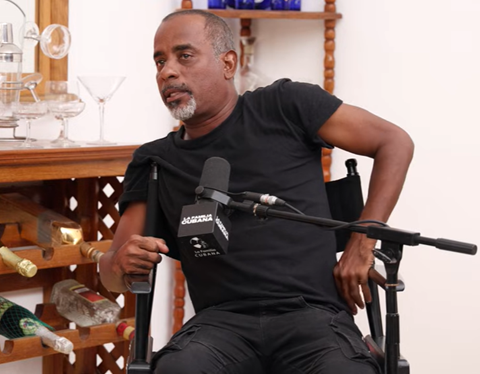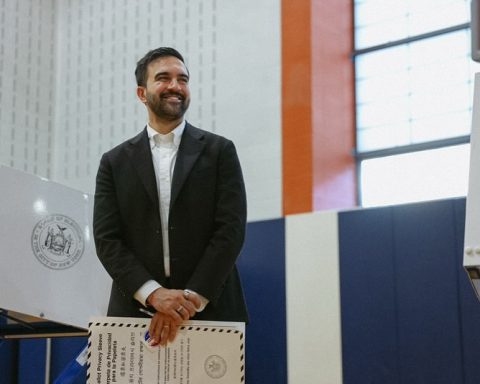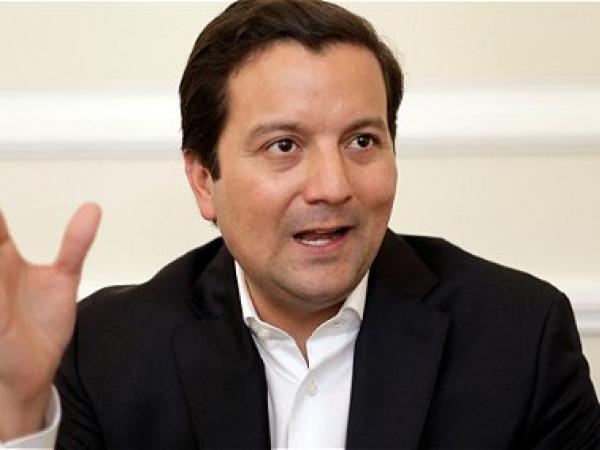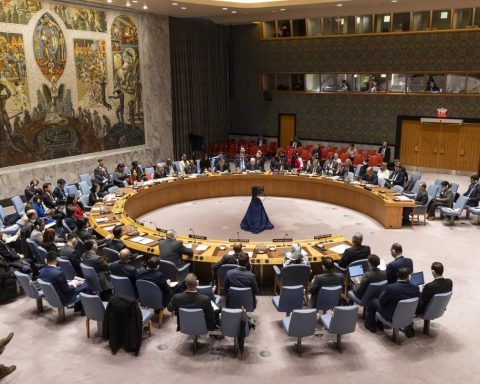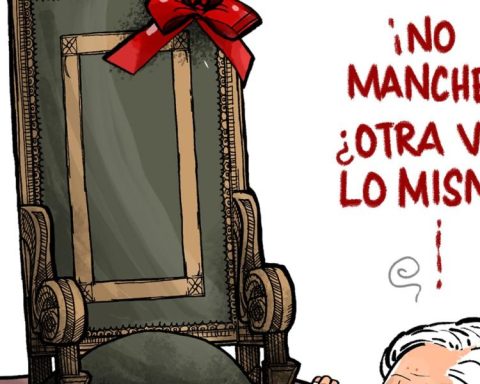It is the dream of millions of American professionals: to have relief in the payment of the debt contracted to study at universities. Student loan debt, both private and public.
This Wednesday, President Joe Biden fulfilled that dream and his election promise by granting public student loan recipients between $10,000 and $20,000 discharge depending on their income.
Individuals earning less than $125,000 a year and families earning less than $250,000 will be eligible for $10,000 in debt forgiveness, Biden announced. For Pell Grant recipients, reserved for the neediest college graduates, the Federal Government will forgive up to an additional $10,000 in federal student debt.
In addition, Biden extended again, until the end of 2022, the suspension of student debt payments, although he clarified that this would be “the last time” that he does so.
If the plan survives the lawsuits it will surely attract, it will provide much-needed economic relief to much of the population just before the midterm elections in November, which has drawn criticism from his Republican opponents.
In total, there are more than 43 million people who have student debt, 37,667 dollars, according to federal data. Nearly a third of those in debt owe less than $10,000 and about half have debts of less than $20,000. The White House estimates that its plan will wipe out the debts of about 20 million people.
Supporters of the plan say it will reduce the racial gap, as black students are more likely to take out loans to help them study and their debts tend to be higher.
Four years after graduating, black borrowers have an average of $25,000 more in debt than white borrowers, according to figures from the Brookings Institution.
Still, the move is unlikely to satisfy the various factions jockeying for influence as the government weighs how much debt to write off and to whom. Biden has faced pressure from the center-left to provide broader relief to hardest-hit borrowers.
Moderates and Republicans question the fairness of any blanket reprieve.


